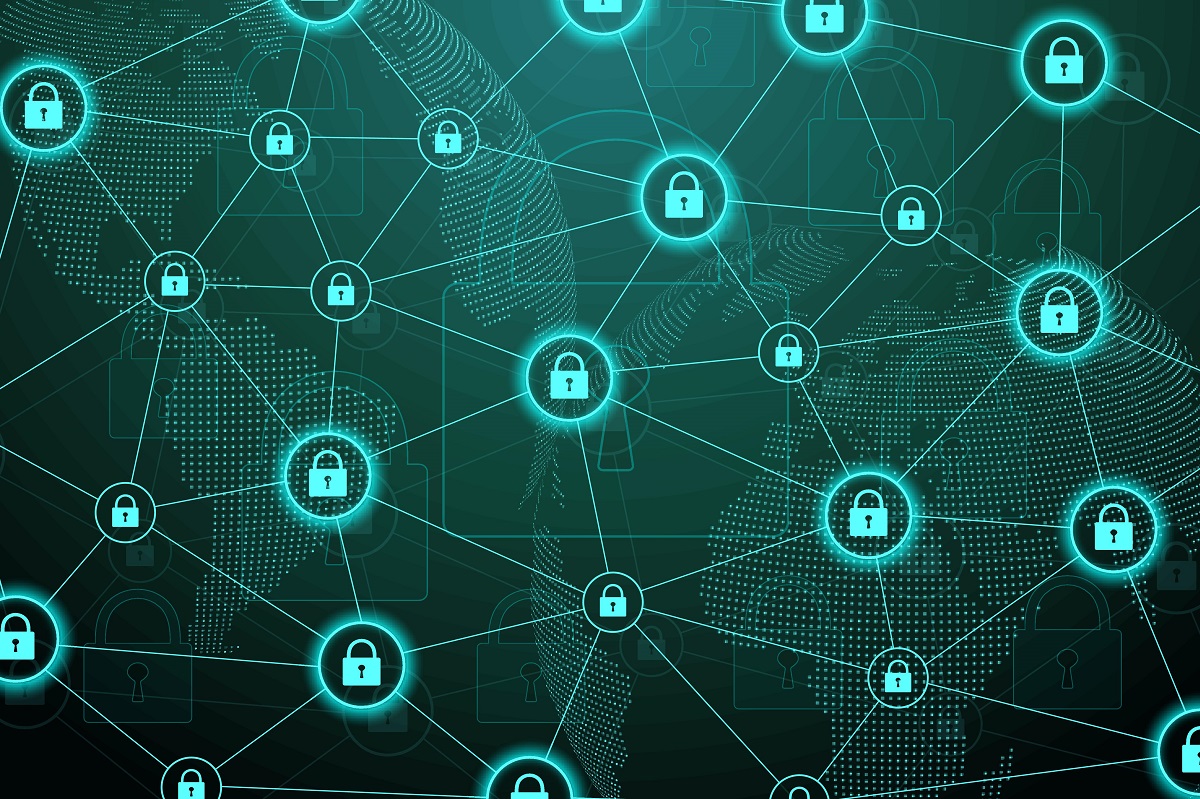The federal government is implementing new rules and regulations aimed at enhancing cybersecurity in government agencies and their contractors. This comes in response to a series of high-profile cybersecurity breaches that have occurred in recent years. The proposed Federal Acquisition Regulation (FAR) rule will require contractors and service providers supporting US government agencies to meet enhanced cybersecurity requirements, similar to the Department of Defense’s Cybersecurity Maturity Model Certification (CMMC) program.
Currently, anyone handling sensitive information for the government is obligated to meet 15 basic cybersecurity requirements. However, the proposed changes seek to elevate these standards and align them more closely with the National Institute of Standards and Technology (NIST) Special Publication 800-171. This publication is already a requirement for Department of Defense (DoD) contractors that handle sensitive government information. However, the specifics of how compliance will be measured and monitored are still unclear. If it follows the DoD CMMC program, a combination of third-party assessment requirements and self-reporting may be involved.
While these expanded compliance measures will improve cyber and data security in the federal supply chain, government agencies still face their own challenges. Many operate on legacy systems and outdated network infrastructures that may not meet modern security and compliance reporting requirements. Additionally, with the rise of remote work and the use of external networks and devices, there are multiple access points that are potentially less secure. Ensuring the integrity of the entire ecosystem is both critical and challenging due to the interconnected nature of federal networks and the reliance on contractors and third-party vendors to handle government data securely.
One of the main obstacles in implementing these new security measures is the need for continuous monitoring. Network security requires an ongoing process to detect threats, vulnerabilities, and potential breaches. However, many government agencies lack the necessary resources, tools, and expertise to effectively monitor their networks in real-time and respond promptly to emerging threats.
To prepare for their respective security and compliance requirements, government contractors and agencies should prioritize all network devices. Currently, there is a tendency to only assess vulnerabilities at the perimeter, neglecting routers and switches. By assessing all network devices, organizations can prevent lateral movement across networks, a key aspect of zero-trust best practices.
Implementing network segmentation is another crucial step. This involves compartmentalizing sensitive information and limiting lateral movement within the network. By segregating networks based on access levels and data classification, organizations can reduce the attack surface and minimize the impact of a breach.
Utilizing compliance audits and assurance automation tools is also important. Regular assessments should be conducted to identify vulnerabilities, assess risks, and ensure compliance with network security requirements. These assessments can identify gaps in network security controls and allow for prompt remediation. Leveraging tools that provide exact technical fixes for misconfigurations is essential for efficient compliance.
The upcoming FAR rule proposal, which introduces CMMC-like regulations for all contractors handling sensitive government information, highlights the increasing importance of enhanced network security and regulatory compliance across the federal supply chain. However, US government agencies still need to address their own challenges in meeting current security and compliance requirements. This includes prioritizing network devices, segmenting networks, and utilizing compliance audits and automation tools.
By aligning cybersecurity requirements with established frameworks such as NIST and implementing a zero-trust mindset, contractors and agencies can successfully adapt to the evolving cybersecurity landscape and contribute to a safer ecosystem. Protecting sensitive government information is of paramount importance, and by taking proactive measures and staying ahead of regulatory requirements, government agencies and their contractors can enhance cybersecurity and maintain the integrity of the federal supply chain.


